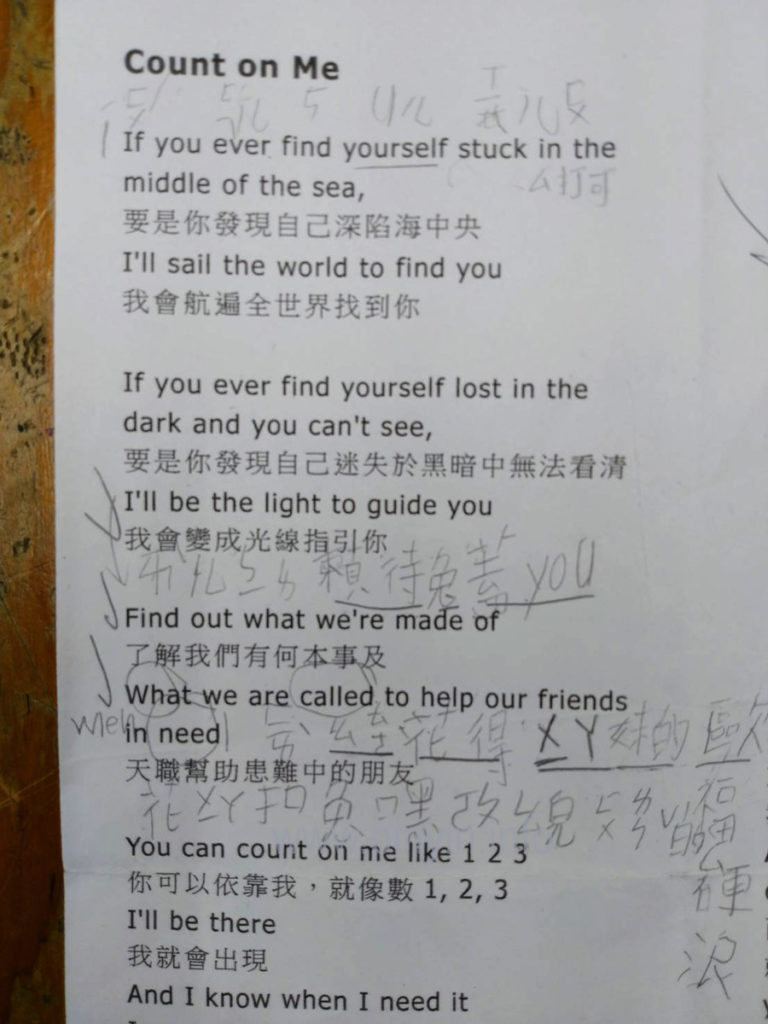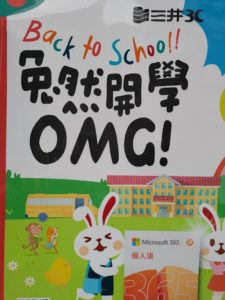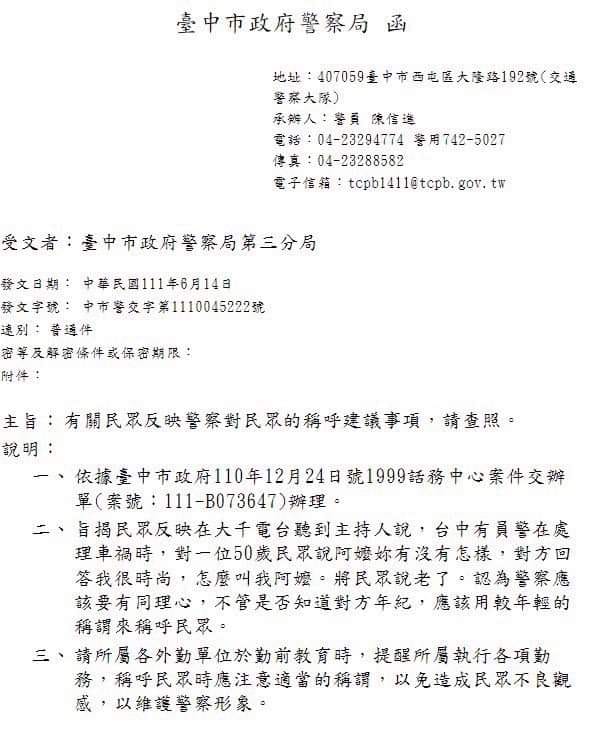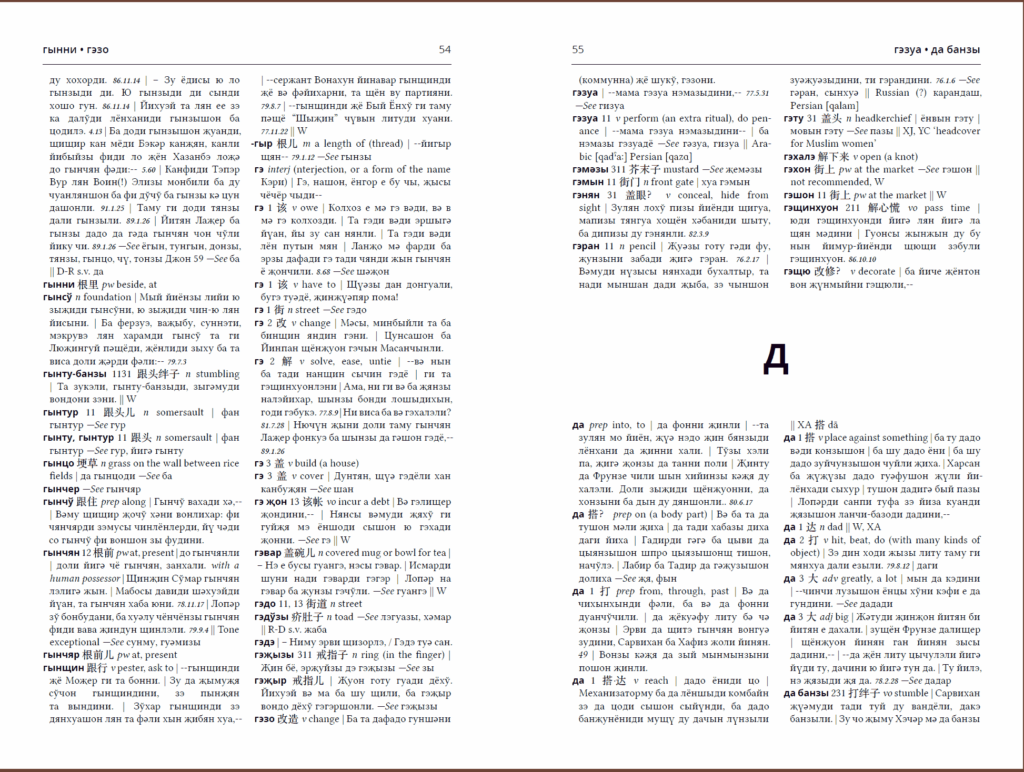The following is a guest post by Victor H. Mair.
=====
How do we learn languages, after all? By following rules, whether hard-wired or learned? Or by acquiring and absorbing principles and patterns through massive amounts of repetitions?
“AI is changing scientists’ understanding of language learning — and raising questions about innate grammar,” a stimulating new article by Morten Christiansen and Pablo Contreras Kallens that first appeared in The Conversation (10/19/2022) and later in Ars Technica and elsewhere, begins thus:
Unlike the carefully scripted dialogue found in most books and movies, the language of everyday interaction tends to be messy and incomplete, full of false starts, interruptions and people talking over each other. From casual conversations between friends, to bickering between siblings, to formal discussions in a boardroom, authentic conversation is chaotic. It seems miraculous that anyone can learn language at all given the haphazard nature of the linguistic experience.
I must say that I am in profound agreement with this scenario. In many university and college departments, which consist entirely of learned professors, you’d think that discussions and deliberations would be governed by regulations and rationality. Such, however, is not the case. Instead, people constantly talk over and past each other, barely listening to what their colleagues are saying. They interrupt one another and engage in aggressive behavior, or erupt in mindless laughter over who knows what. I’m not saying that all the members of these departments are like this nor that all departments are like this, but far too many do converse in this fashion. The individuals who are more sedate and civilized tend to remain silent for hours on end because, as the saying goes, they can’t get a word in edgewise. It’s a wonder that departments can accomplish anything.
For this reason, many language scientists – including Noam Chomsky, a founder of modern linguistics – believe that language learners require a kind of glue to rein in the unruly nature of everyday language. And that glue is grammar: a system of rules for generating grammatical sentences.
Everybody knows these things — or knew them decades ago — but now they are indubitably passé.
Children must have a grammar template wired into their brains to help them overcome the limitations of their language experience – or so the thinking goes.
This template, for example, might contain a “super-rule” that dictates how new pieces are added to existing phrases. Children then only need to learn whether their native language is one, like English, where the verb goes before the object (as in “I eat sushi”), or one like Japanese, where the verb goes after the object (in Japanese, the same sentence is structured as “I sushi eat”).
But new insights into language learning are coming from an unlikely source: artificial intelligence. A new breed of large AI language models can write newspaper articles, poetry and computer code and answer questions truthfully after being exposed to vast amounts of language input. And even more astonishingly, they all do it without the help of grammar.
Now, however, the authors make an astonishing claim. They assert that AI language models produce language that is grammatically correct, but they do so without a grammar!
Even if their choice of words is sometimes strange, nonsensical or contains racist, sexist and other harmful biases, one thing is very clear: the overwhelming majority of the output of these AI language models is grammatically correct. And yet, there are no grammar templates or rules hardwired into them – they rely on linguistic experience alone, messy as it may be.
GPT-3, arguably the most well-known of these models, is a gigantic deep-learning neural network with 175 billion parameters. It was trained to predict the next word in a sentence given what came before across hundreds of billions of words from the internet, books and Wikipedia. When it made a wrong prediction, its parameters were adjusted using an automatic learning algorithm.
Remarkably, GPT-3 can generate believable text reacting to prompts such as “A summary of the last ‘Fast and Furious’ movie is…” or “Write a poem in the style of Emily Dickinson.” Moreover, GPT-3 can respond to SAT level analogies, reading comprehension questions and even solve simple arithmetic problems – all from learning how to predict the next word.
The authors delve more deeply into comparisons of AI models and human brains, not without raising some significant problems:
A possible concern is that these new AI language models are fed a lot of input: GPT-3 was trained on linguistic experience equivalent to 20,000 human years. But a preliminary study that has not yet been peer-reviewed found that GPT-2 [a “little brother” of GPT-3] can still model human next-word predictions and brain activations even when trained on just 100 million words. That’s well within the amount of linguistic input that an average child might hear during the first 10 years of life.
In conclusion, Christiansen and Kallens call for a rethinking of language learning:
“Children should be seen, not heard” goes the old saying, but the latest AI language models suggest that nothing could be further from the truth. Instead, children need to be engaged in the back-and-forth of conversation as much as possible to help them develop their language skills. Linguistic experience – not grammar – is key to becoming a competent language user.
By all means, talk at the table, but respectfully, and not too loudly.
Selected readings
[h.t. Michael Carr]







